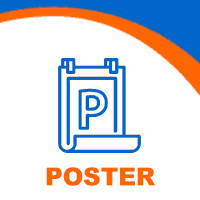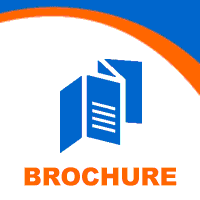Process Simplification Series No. 7: Lipid-Based Formulations of Liquid-filled Capsules for Poorly soluble Drugs
For a drug substance administered via oral route, it should possess adequately aqueous solubility before passes through the gastrointestinal tract to complete the absorption, and then enters the blood steams for the pharmacological actions.




